FROZEN BEEF RIBS
From Frozen to Feast: Mastering Frozen Beef Ribs for Delicious Results
Beef ribs, whether short ribs or back ribs, are a culinary delight. Slow-cooked, smoked, or braised, they deliver a melt-in-your-mouth tenderness and a rich, savory flavour that’s hard to resist. But what if those delicious ribs are lurking in the depths of your freezer? Fear not! Cooking frozen beef ribs is entirely achievable with a little planning and the right techniques.
This article will guide you through the process of transforming frozen beef ribs into a restaurant-worthy meal. We’ll cover safe thawing methods, preparation tips, and cooking suggestions that ensure juicy, flavourful results every time.
The First Step: Safe Thawing is Key
While you can, technically, cook ribs from frozen, it’s not recommended. It significantly increases cooking time and makes it difficult to achieve even cooking and proper seasoning. Safe thawing is paramount for both food safety and optimal flavour. Here are the best methods:
Refrigerator Thawing (Recommended): This is the safest and gentlest method. Place the frozen ribs in a leak-proof bag or container on the bottom shelf of your refrigerator. Allow them to thaw completely – this can take 24-48 hours, depending on the size and thickness of the ribs.
Cold Water Bath Thawing (Faster, but Requires Attention): Submerge the ribs, still in their leak-proof packaging, in a large bowl or sink filled with cold water. Change the water every 30 minutes to maintain a consistent, cold temperature. This method thaws ribs much faster than refrigeration, typically in 2-4 hours. Important: Cook the ribs immediately after thawing using this method.
What NOT To Do: Avoid thawing ribs at room temperature. This creates an ideal environment for bacterial growth and increases the risk of foodborne illness.
Preparing Your Thawed Beef Ribs FROZEN BEEF RIBS
Once thawed, it’s time to prepare your ribs for cooking. Here are a few key steps:
Pat Dry: Use paper towels to pat the ribs dry. This helps with browning and allows your chosen seasonings to adhere better.
Trim Excess Fat (Optional): Beef ribs are naturally fatty, which contributes to their flavour. However, you can trim away any large, excessive chunks of fat if desired.
Remove the Membrane (Back Ribs): Most back ribs have a thin, silvery membrane on the bone side. Removing it allows the seasoning to penetrate the meat and results in a more tender final product. To remove it, slip a knife under the membrane, grip it with a paper towel, and pull it off in one motion.
Season Generously: Don’t be shy with the seasoning! Beef ribs can handle bold flavours. Consider using a dry rub made with ingredients like paprika, garlic powder, onion powder, brown sugar, salt, pepper, and chili powder. You can also use a marinade for added tenderness and flavour.
Cooking Methods for Frozen Beef Ribs (Adapted for Thawed Ribs)
Now that your ribs are thawed and prepared, let’s explore some popular cooking methods:
Smoking (Classic and Delicious): Smoking low and slow is the gold standard for beef ribs. Maintain a smoker temperature of 225-250°F (107-121°C) and smoke the ribs for 6-8 hours, or until they are incredibly tender and the meat pulls away from the bone easily. Consider using wood chips like oak or hickory for a smoky flavour that complements the beef.
Braising (Tender and Flavourful): Braising involves searing the ribs and then simmering them in liquid (like beef broth, red wine, or even barbecue sauce) until tender. This method is great for short ribs, as it breaks down the connective tissue and creates a rich, saucy dish. Braise in a covered Dutch oven at around 300°F (150°C) for 3-4 hours.
Oven Baking (Simple and Convenient): Preheat your oven to 300°F (150°C). Wrap the ribs tightly in foil (or use a covered roasting pan) and bake for 3-4 hours, or until tender. For the last 30 minutes, remove the foil, baste with your favorite barbecue sauce, and increase the oven temperature to 350°F (175°C) to caramelize the sauce.
Slow Cooking (Set It and Forget It): Place the seasoned ribs in a slow cooker with about 1 cup of liquid (beef broth, water, or beer). Cook on low for 6-8 hours, or on high for 3-4 hours.
Tips for Success:
Use a Meat Thermometer: This is the best way to ensure your ribs are cooked to the correct temperature. For maximum tenderness, aim for an internal temperature of 203°F (95°C).
Don’t Overcook: Overcooked ribs will be dry and tough. Check for doneness regularly during the last hour of cooking.
Let Rest: Allow the cooked ribs to rest for at least 15-20 minutes before slicing and serving. This allows the juices to redistribute, resulting in a more tender and flavourful final product.
Be the first to review “FROZEN BEEF RIBS” Cancel reply
Related products
Frozen Beef
Frozen Beef
Frozen Beef
Frozen Beef
Frozen Beef
Frozen Beef
Frozen Beef
Frozen Beef
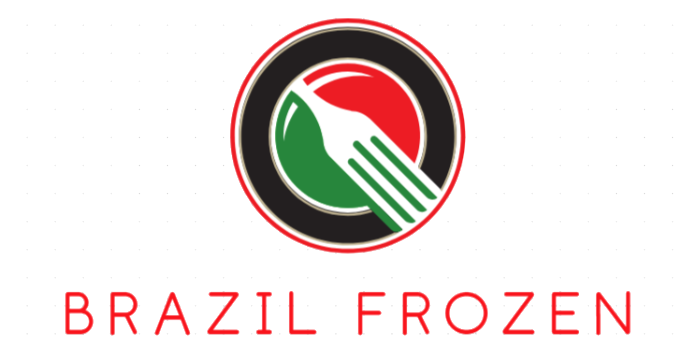
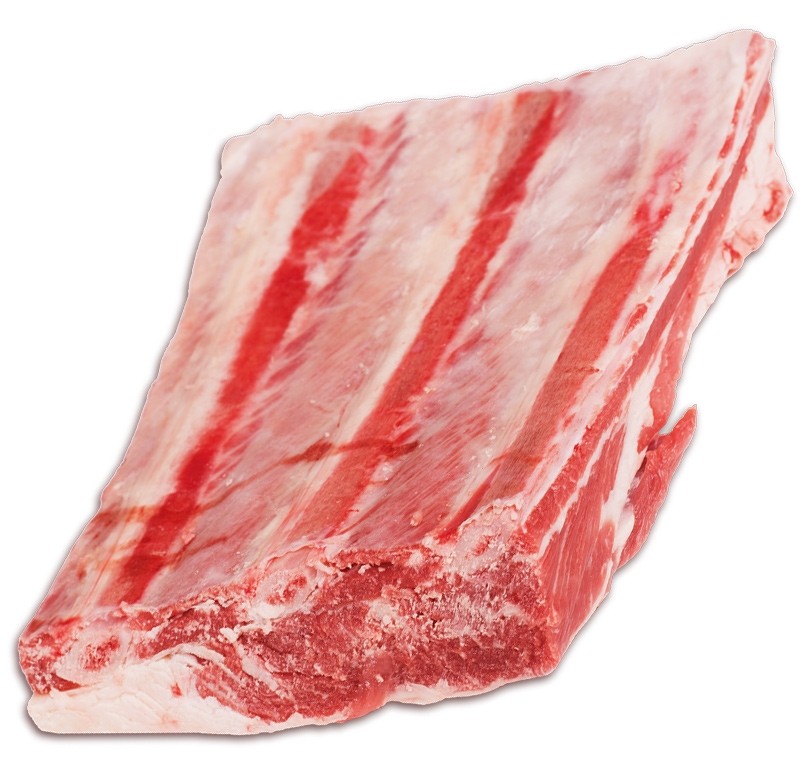
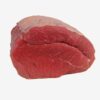



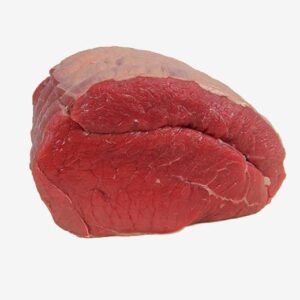
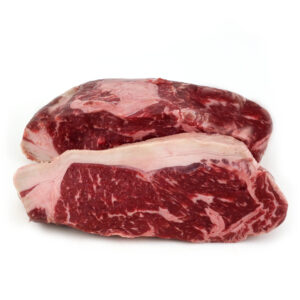



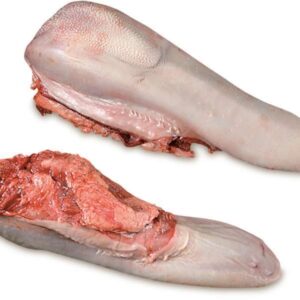
Reviews
There are no reviews yet.